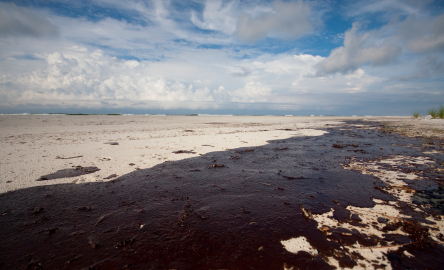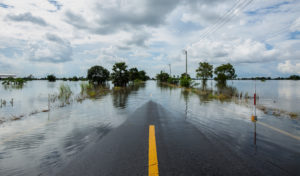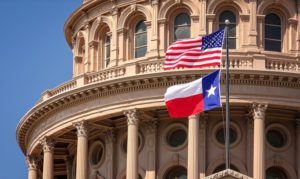
New book argues for careful deliberation before making vast changes to regulatory system.
The past five years have been marked by calamity: a financial crisis left millions jobless and financially insolvent, an explosion on a drilling rig released 4.9 million barrels of oil into the Gulf Coast, and a blast in a West Virginia coal mine killed twenty-nine miners. Following each of these catastrophes, politicians and the public have demanded regulatory changes designed to prevent recurrences. However, a new book urges legislators to think carefully before enacting speedy changes.
Regulatory Breakdown, edited by University of Pennsylvania Law School Professor, Cary Coglianese, is a collection of essays focusing on the current state of crisis over government regulation in the United States. In its first chapter, Coglianese and Christopher Carrigan, a public policy professor at George Washington University, argue that reforms instituted in the wake of disasters are often hastily enacted and can even lead to future calamities.
Carrigan and Coglianese posit that after a national disaster, critics and lawmakers typically choose regulation as their first object of blame. Politicians therefore feel an impetus to make sweeping changes and to make them quickly.
Politicians too often base their responses to crises on incomplete facts. Additionally, ideological biases often influence hastily-enacted regulatory decisions. Many lawmakers use disasters as an opportunity to promote pet projects that have been languishing in the absence of public support. Others promote a regulatory agenda that is favored by their electorate, but ill-suited to address the current crises. Even those without an explicit agenda are likely to view the disaster through certain ideological lenses: it was either caused by too little regulation or by foolhardy government interference.
Regulation enacted in the wake of disaster is therefore likely to bear the marks of ideology and haste, rather than careful consideration. Instead of rushing to judgment, Congress should carefully examine regulatory analyses before enacting changes, argue Carrigan and Coglianese.
At the same time, members of Congress would do well to keep in mind that regulation requires a willingness to accept a degree of uncertainty. Some activities, such as oil drilling, involve an element of risk no matter how many precautions the actors take. Thus, if the public continues to demand oil, it must also accept the possibility of an oil spill. Since only a ban can completely eliminate risk, regulations therefore typically seek to minimize risk without unduly limiting the public’s access to a desired good.
The presence of risk ensures that disasters can occur even when regulations function perfectly. Thus, when a disaster does occur, it may be premature to assume that the regulatory system needs to be fixed. Politicians could more carefully sift through all the available information to determine if a regulatory breakdown occurred and, if it did, figure out how to address the failure.
The authors find a pressing need for sophisticated regulatory analyses. Careful studies, like the ones offered throughout the book Regulatory Breakdown, are necessary to ensure a regulatory system that meets the public’s demands.
Reforming regulation in the wake of disaster may feel like the necessary thing to do, but, as Carrigan and Coglianese demonstrate, it is not always needed or prudent.
This post is part of RegBlog’s three-week series, Regulatory Breakdown in the United States.



